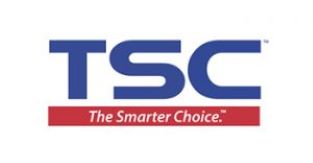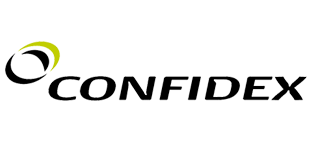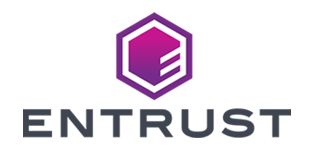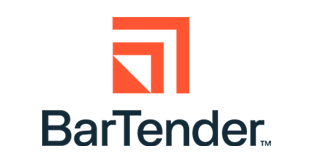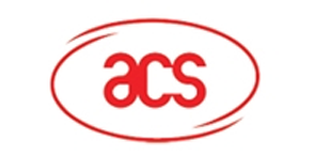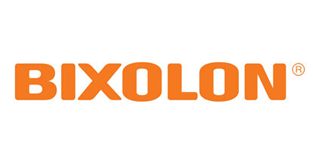Did you know that 41% of consumers worldwide use two or more digital or physical channels to make a single purchase?

Omnichannel shopping is becoming the new normal, and e-commerce fulfillment (e-fulfillment) options are now expected of all retailers, including startups, small businesses, and chain retailers who generate a significant amount of revenue from their brick-and-mortar footprint. Supply chain operations are being forced to adapt fulfillment strategies and integrate technologies that build data-powered environments for smarter fulfillment. This enables businesses to predict and stay ahead of the high volume of customer demands. But simply collecting data isn’t enough if workers on the factory or warehouse floor can’t see that data – or make sense of it – in real-time. They need up-to-the minute insight into everything from inventory locations to change orders to be able to mitigate costly fulfillment delays or shipping mistakes.
Increasing Inventory Visibility

With inventory coming and going faster than the industry has previously seen, full visibility has never been more important. Businesses need to know what inventory is in stock, where it’s located—whether in a warehouse, store or out for delivery—and what type of condition it’s in.
According to the Zebra® Future of Fulfillment Vision Study, transportation and logistics businesses, manufacturers and retailers believe that, on average, inventory accuracy needs to be at 76% to handle the rise of omnichannel logistics. However, with consumers’ growing “on-demand” expectations, businesses need to be able to trust their inventory accuracy across their enterprise and beyond—including fulfillment centers, stores, third-party logistics warehouses and even their vendors—and accuracy rates will need to be much higher to keep consumers happy.
With omnichannel fulfillment, an order can ship from anywhere. Businesses need to be able to rely on their inventory numbers and have the confidence that they are as close to 100% as possible. While many feel they have to settle for 76% accuracy, with the right inventory management solutions, businesses can achieve even higher accuracy rates that would equip operations for future efficiency and efficacy.

Rugged, enterprise-grade handheld, wearable, tablet and vehicle-mounted-computers can be combined with scanners, RFID technologies, locationing systems, printers, software and services to create a solid technology foundation for data aggregation, analytics and distribution – all of which are essential to gaining 365-degree visibility into your operations and your entire supply chain. So, whether customers are buying online and shipping merchandise home, buying online and picking up in store, or ordering in store to ship to home, your front-line workers are equipped with the right tools that make it easy to fulfill these types of complex orders in cooperation with your supply chain partners and each other.
Being able to know exactly what’s in stock and where it’s located throughout the supply chain means those at the front line of business have the confidence to be productive and effective. Workers don’t have to waste time manually searching through aisles or shelves. Information is available at their fingertips, enterprise-grade mobile computers allow them to look up anything and get real-time information — ultimately saving time and increasing workflow efficiencies. The faster items are found, the faster they can be processed for shipment, and the faster customers receive their orders, the more they are satisfied.
Increasing Fulfillment Agility
Real-time data and analytics also prepare supply chain operations to increase fulfillment. Smart technology connects every link in the supply chain and enables transparency that improves operations at any part of the journey. It empowers workers with best-action guidance—so they can make decisions that impact overall success
Having access to real-time data offers the ability to track inventory even when it’s in-motion, which allows for greater flexibility to optimize efficiencies. This could mean adjusting a delivery route or creating a smoother picking and packing workflow—the possibilities are boundless. It also allows your team to react fast if a customer changes or cancels an order prior to fulfillment, which minimizes the risk of a later return.
When every area of your operations is connected to the same data, it’s easier to pinpoint efficiency opportunities that will increase the level of customer satisfaction.
These new fulfillment challenges don’t have to create setbacks. Modernizing your operations across warehouse, retail, manufacturing and logistics with technologies at the edge of the network offers limitless opportunities for increased efficiency, productivity and profitability.
Article Credit – https://www.zebra.com/ap/en/blog/posts/2019/new-supply-chain-fulfilling-for-future.html








